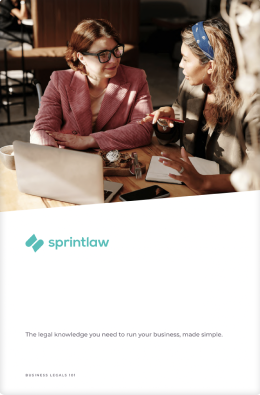Contents
When you’re ending a dispute, it’s best practice to make sure that you’re covering all bases.
This means that you’ll need a legal document to set that all out.
When looking at ending a dispute, a Deed of Waiver, Release & Indemnity can be used to help parties end their relationship, avoid future disagreements that would otherwise arise out of the situation, and resolve matters relatively peacefully.
But what is it and what can it do for you?
Here’s what you need to know.
What Is A Deed Of Waiver, Release & Indemnity?
A Deed of Waiver, Release & Indemnity is a document signed by parties in order to confirm that they are ending an ongoing dispute. This is typically in relation to a commercial relationship between two parties.
Depending on the circumstances, a Deed of Waiver, Release & Indemnity will set out any final payments to be made, releases of waivers of liability and confidentiality obligations of the relevant parties.
Why Do I Need A Deed Of Waiver, Release & Indemnity?
If you are looking at resolving a dispute, a Deed of Waiver, Release & Indemnity allows you and the other party to promise to release each other from any further actions and liabilities incurred.
A Deed of Waiver, Release & Indemnity can also set out any provisions you wish to include that relate to what will happen upon the ending of the dispute, such as any final payments or agreements.
What Is Included In A Deed of Waiver, Release & Indemnity?
A Deed of Waiver, Release & Indemnity typically includes clauses regarding:
- Release
- Default
- Final payments to be made
- Confidentiality obligations
Need Help?
A good lawyer will be able to draft your Deed of Waiver, Release & Indemnity to ensure that your dispute is settled cleanly, that the agreements regarding releases of liability are clearly set out for all parties involved, and that you’re protected if one of the parties defaults.
At Sprintlaw, we focus on drafting comprehensive, easy to understand and user-friendly agreements for businesses.
Feel free to get in touch with us to get things started with your Deed of Waiver, Release & Indemnity! Our friendly team can be reached at 1800 730 617 or at team@sprintlaw.com.au.
Get in touch now!
We'll get back to you within 1 business day.












